Second only to waiting to hear if you’ve passed your driving test has to be waiting to hear whether your car has passed its MOT. Fail and you know putting things right is going to cost you time and money. Unfortunately, since 20 May 2018, when the MOT test was updated, greater numbers of diesel car drivers in particular have been spending more of both.
On that date, much stricter diesel emissions tests were introduced, with new items under scrutiny being tailpipe emissions, the engine management warning light and the diesel particulate filter (DPF).
Regarding this last item, the DPF became the subject of much closer inspection, with testers on the lookout for signs of tampering. As a result of the new checks, between May 2018 and February 2019, there was a 63% increase in the number of emissions-related failures concerning diesel cars compared with the same period the year before. Easily the biggest culprit was the engine management light that signals a problem with the car’s emissions system. Over 83,000 fails were recorded, or 32% of emissions-related diesel failures. Lower down the scale came DPF tampering, with 1397 fails recorded, or 0.5%.
“DPFs clogged up with soot and ash is the big problem and causes the management light to come on,” says John Ball, managing director of Motest, a network of testing stations that performs 85,000 MOTs on cars each year. “Before the test was revised, to get around the problem of a blocked DPF, drivers would have a hole cut in it and its internals removed. Then the hole would be welded shut. As far as the tester could see, the DPF was present. It wasn’t his concern that it didn’t work.”
Now, following the changes to the MOT, the truth is out and, says Ball, a lot of drivers don’t like it: “Some really kick off, especially van drivers!”
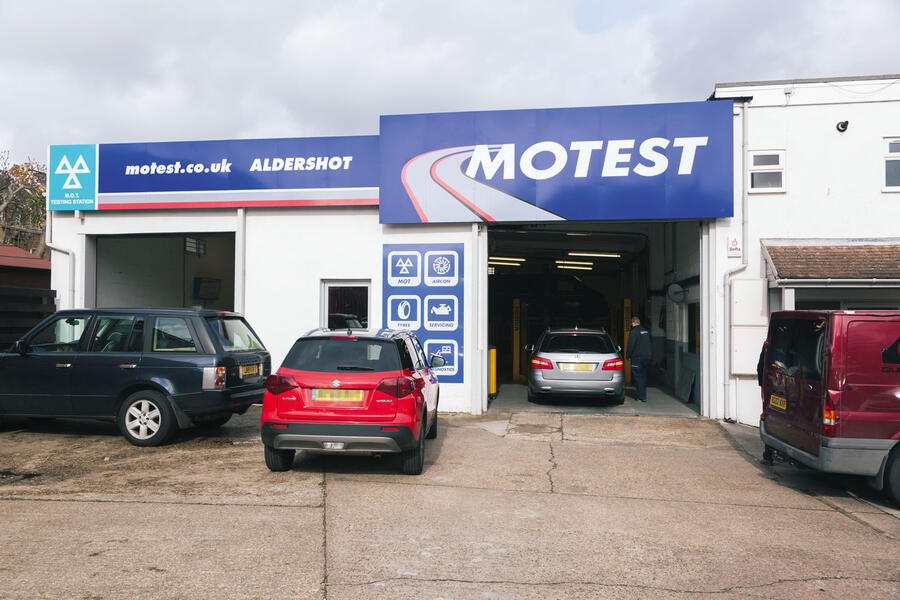

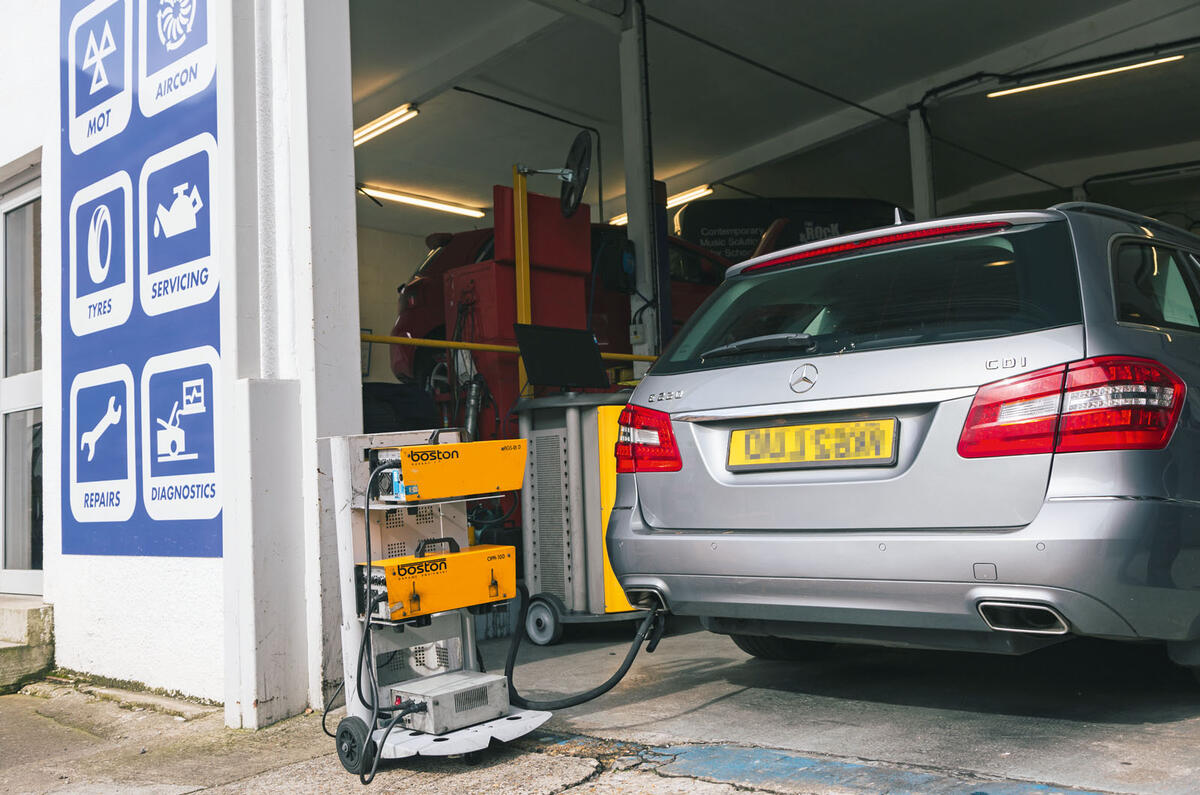
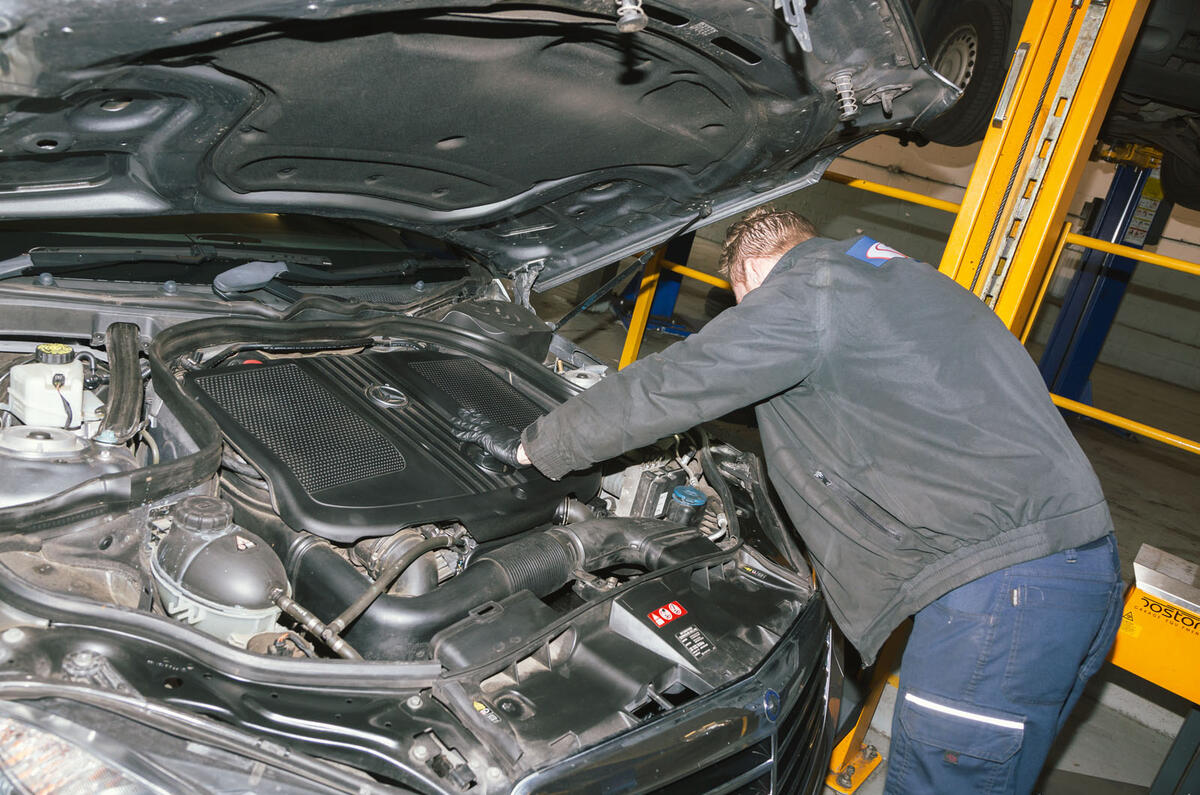
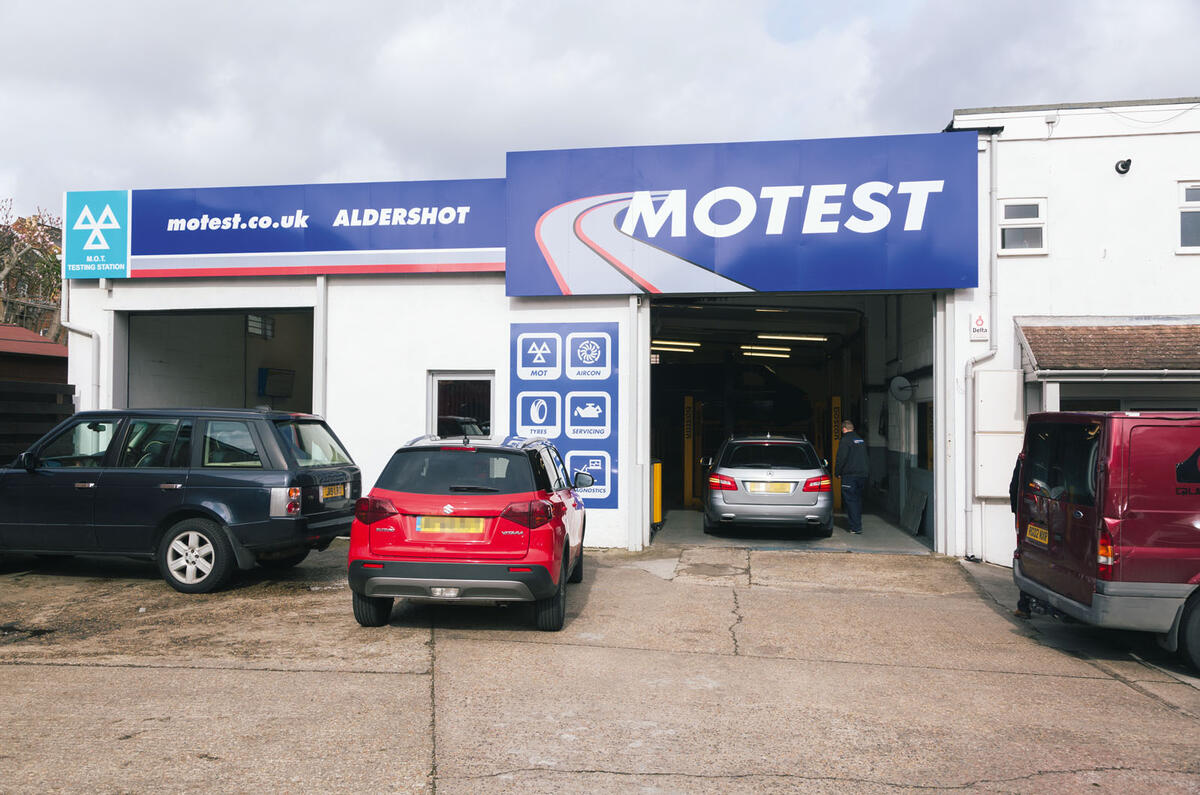
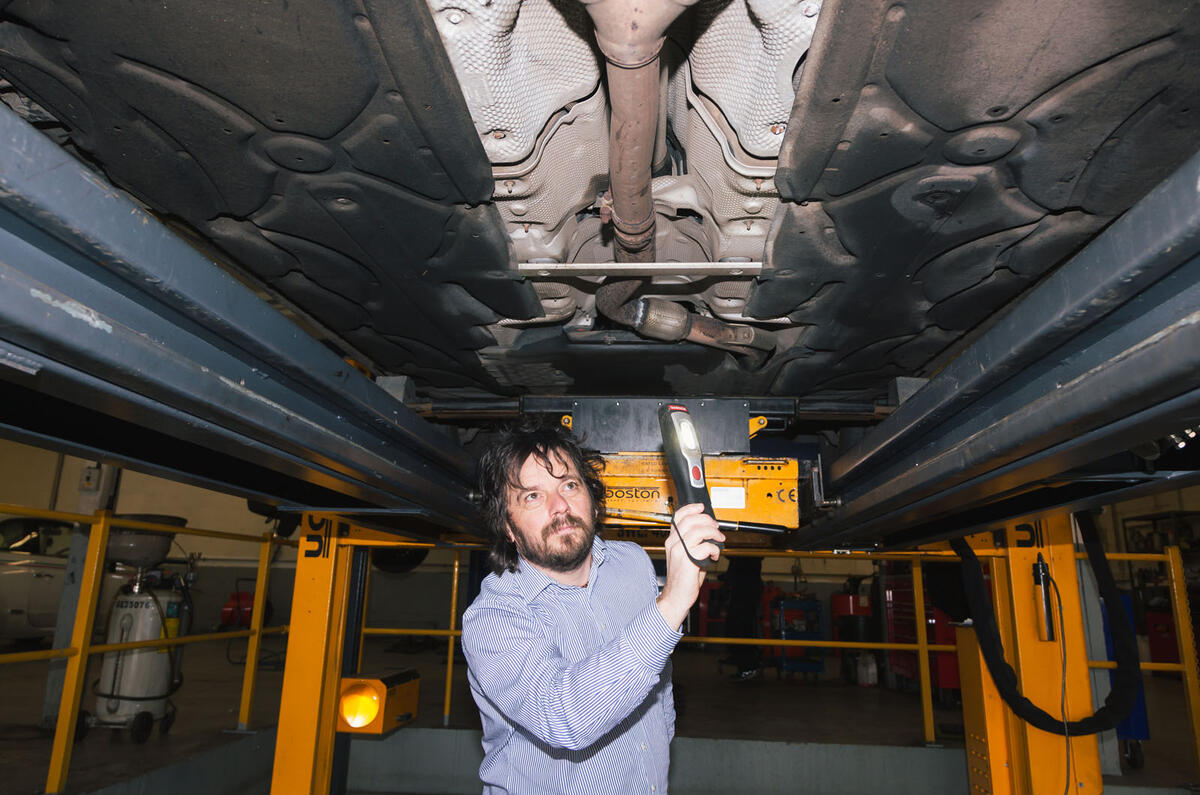
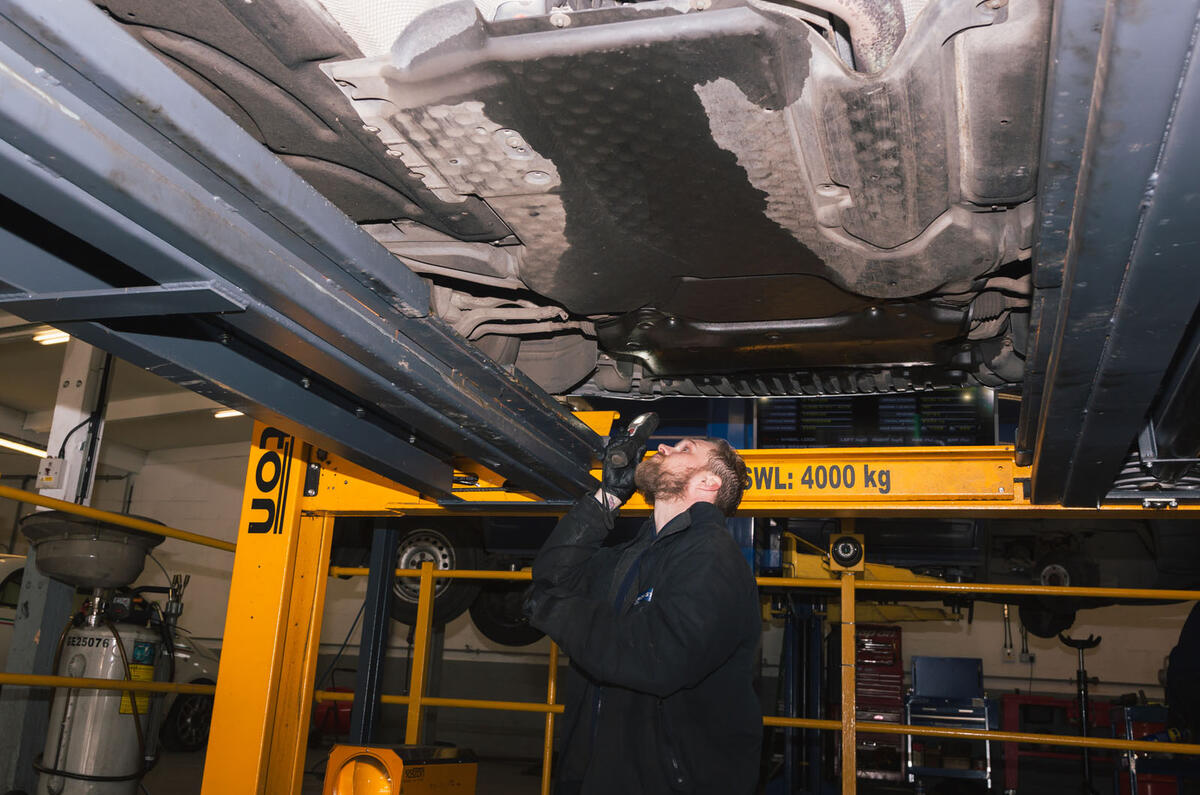




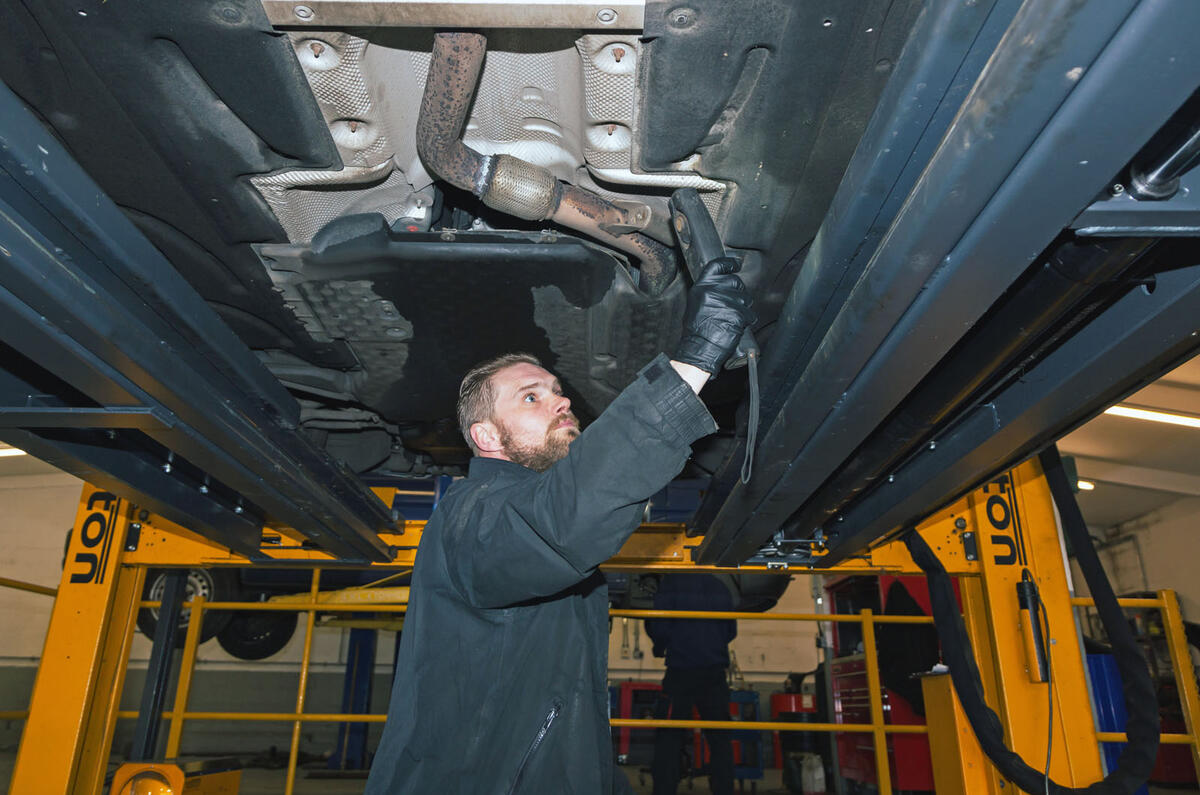

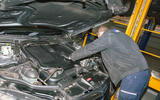


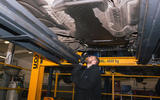




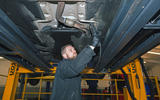


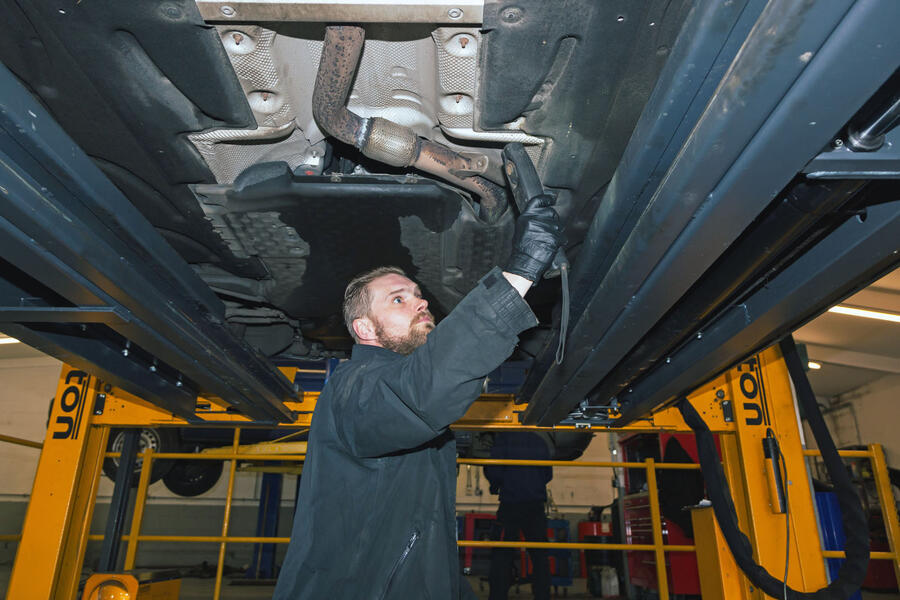



Join the debate
Add your comment
It's ridiculous for DVSA to
It's ridiculous for DVSA to say an unlit number plate is a 'major' fail and should keep a car off the road.
And if petrol cars are failing the emissions test in droves, there's clearly something wrong with the testing methodology which DVSA admits it hasnt a clue for the reason. I suspect the MOT testers are applying the latest emissions requirements to vehicles that are over 3 years and therefore should be tested under regulations relevant to their age.
I already know of one MOT test centre that was failing cars for faulty DLRs where the DLRs were not a mandatory test item for the vehicle's age. Too often it is easy for a test centre or dealership to fail a car to generate work for itself.
centenary wrote:
Your first para..disagree...entirely possible that police, or a civilian, witness a crime, hit and run at night...if a number plate is unlit, much more difficult/impossible to record and report. Could be someone you know, how would you feel if the witness reported but for unlit plate, they could have at least recorded info for police use?.
Not entirely sure how the
Not entirely sure how the dvsa become an additional testing resource for garages that can't afford the testing equipment when they only have access to the car through this equipment.
Interesting that the MOT stations don't know the reason for the emissions failings on petrol cars, you'd have thought the repair would have highlighted frailty in a certain area or is it just an adjustment to bring the emissions back within parameters?